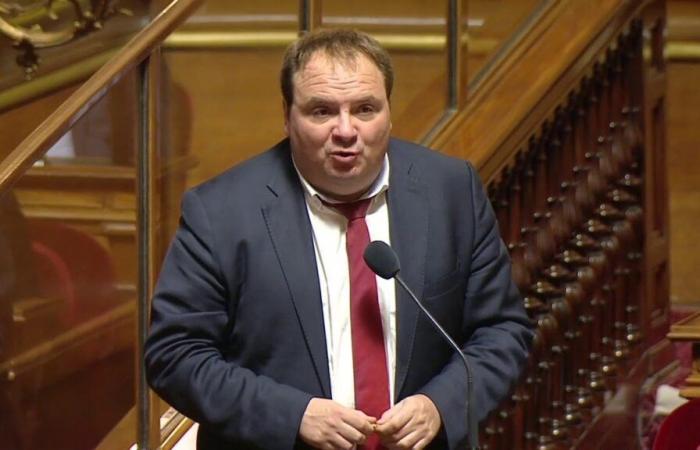“We will not agree on the system but at least we should agree not to ratify that in half an hour in Parliament,” launched, in vain, the communist senator, Fabien Gay, defending his amendment deletion of article 4 of the 2025 finance bill. An article which plans to reform the ARENH by 2026. Like his socialist and environmentalist colleagues, he believes that such a subject should be the subject of of a “real debate” in a specific bill.
Since 2011, the ARENH has forced EDF to sell at a regulated rate, of 42 euros per megawatt hour, a third of the electricity produced by the nuclear fleet to other suppliers, the objective being to guarantee competition between the different players. of the market, in compliance with European rules, going against the production monopoly held by the company for almost six decades. But EDF today has a slate of 65 billion euros, and the company must free up investment margins to participate in financing the relaunch of the French nuclear program, with the construction of six EPRs for 50 billion euros. and a program to strengthen existing installations – the “grand carénage” – valued at 65 billion euros.
The development of a new price regulation mechanism resembles for its opponents “an indecipherable gas factory” according to the reasons for the deletion amendment of Senator LR, Else Joseph. The system provides in particular for the collection and then redistribution of part of EDF’s revenues generated by the sale of nuclear electricity beyond two price thresholds set by regulation every 3 years. An amendment from Senator LR, Daniel Gremillet, however, set these thresholds in the law.
Last year, an agreement between EDF and the State defined a reference sales price for electricity of nuclear origin “around 70 euros per megawatt hour (MWh)” from 2026. This will be the basis of the future mechanism. “Will this have an impact on energy prices? » questioned Fabien Gay, recalling that this new system provides that if market prices exceed a first threshold called the taxation threshold (between 65 and 85 euros per megawatt hour), 50% of the additional revenue generated by EDF will be redistributed to consumers. The levy rate will rise to 90%, if prices exceed a second threshold, the capping threshold (from 95 to 115 euros per megawatt hour). “I lost half of the national representation. Nobody knows how it will work,” commented Fabien Gay.
“Not having a post-ARENH device would probably be the most dangerous for the consumer”
The general budget rapporteur, Jean-François Husson (LR) expressed an unfavorable opinion on these deletion amendments while recognizing “that the system was certainly expected to evolve”
The Minister of Public Accounts, Laurent Saint-Martin, first highlighted the calendar. “When we know that the ARENH ends in a little over a year, we need to legislate and prepare the post-ARENH mechanism. Basically, the minister confirmed that “the questions of price and the redistribution of the tax to consumers were the key”. “But not having a post-ARENH system would probably be the most dangerous for the consumer. “Today, (the regulated rate) is 40 euros for a third of the fleet and free rate for the rest. The post ARENH mechanism will directly protect the consumer and reduce the bill. It must be clear to everyone,” he assured.






